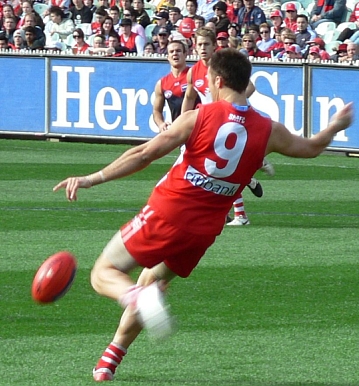Touch lessens pain in infants
Noxious-evoked brain activity been found to occur in both adults and in infants when pain is experienced. A subclass of C-tactile (CT) sensory (afferent) neurons of the nervous system found in hairy skin is activated by gentle touch and responds optimally to stroking at approximately 1–10 cm/sec. In adults, stimulation of these C-tactile afferents is pleasant, and can reduce pain perception. Touch-based therapeutic intervention, such as infant massage, is designed to comfort infants, and a modest reduction in pain-related behavioral and physiological responses has been observed in some studies.
Researchers from Oxford in the UK published a study to see if certain infant touch, which optimally activates CT-fibers in adults would reduce noxious-evoked brain activity in infants. Thirty infants participated in the study, divided into three groups.
- CT-Optimal touch (brush velocity 3 cm/sec) was applied
- CT-Non-Optimal touch (brush velocity 30 cm/sec) was applied
- No-touch (control group)
In each case, the touch was applied for five seconds before each acute experimental noxious stimulus (so called PinPrick™ Stimulation) was applied.
- CT-optimal infant touch significantly reduced noxious-evoked brain activity following the first acute noxious stimulus.
- The magnitude of the noxious-evoked brain activity following the first CT-optimal brush stimulation was approximately 60% less than the magnitude of the activity evoked in the no-brush (control group) condition.
- (The effects for CT-Optimal touch are similar to a past study using topical local anaesthetic.)
- However, the lessening of noxious-evoked brain activity in the CT-Optimal touch group was not maintained when the noxious stimulus was repeated.
- Non-Optimal touch did not significantly reduce noxious-evoked brain activity. This demonstrated the specificity of the response to lower velocity stroking as being optimal.
The researchers further tested the CT-Optimal infant touch stimulation by applying it for 10 seconds before a blood sample was collected by piercing the skin (a noxious stimulus). In another study with 32 infants; 16 infants received CT-optimal touch stimulation and 16 were aged-matched controls who received no touch at all.
Results shows that CT-Optimal stimulation infant touch significantly reduced the magnitude of noxious-evoked brain activity compared with controls who were not touched prior to the application of the noxious stimulus.
Conclusion
The authors concluded that tactile stimulation, at a velocity that activates CT-fibers at approximately three cm/sec, can modulate and lessen noxious-evoked brain activity in infants. Hence, infant touch is valuable. The important of a study like this is that it explains why social touch is important for parent–infant bonding and why parents instinctively stroke infants at an optimal speed.
Comment by Dr. Joe Muscolino
This study shows the simple effectiveness of touch toward decreasing pain due to the application of a noxious (painful) stimulus. It further shows that there is a qualitative difference between different types of touch. In this case, the speed of application of the touch. In particular, the effects of this study are applicable to infant touch. However, the major take-home points from this study that should be important for all manual therapists are:
- Touch can be beneficial toward alleviating pain.
- The quality of touch matters.
The first point should encourage much further study into the efficacy of touch. The second point should direct us toward investigating which types of touch are more therapeutically beneficial for our clients than others.

